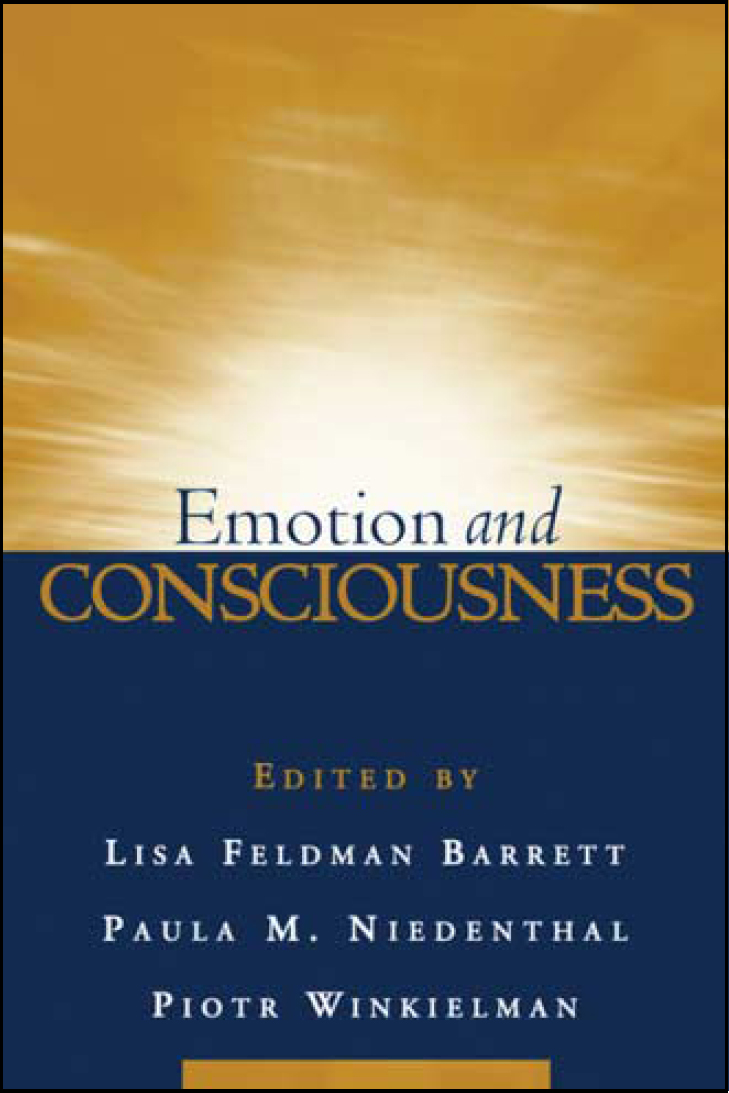
The book is a collection of work by 31 authors, from 25 university departments of psychology, the majority in the USA but a third international. It is an up-to-date and rich review of the theories of emotion and brings together some of the diverse areas of neuropsychological research that they are based upon. This book will recommend itself to anyone interested in neuropsychology, particularly because of its focus on emotion, which as an area of research has been rather neglected in favour of cognition. It brings together in one volume the diverse areas of research in the field, showing some of the commonality and progress towards a large-scale theory of emotion.
Some readers may feel a little daunted by the wealth of experimental data described if they like me are not often immersed in the language of neuropsychological research. It is well worth persevering, though, as the book is well edited and the research data in each chapter are succinctly reviewed. This is linked to a functional model of the mind and brain, giving added insight into the nature of emotions. The sense of being daunted by the subject fluctuated with fascination for other reasons. As the understanding of our neuropsychology grows it reveals the vastly complex levels of processing that the brain achieves and thus how we, our minds and personalities, are an emergent property of this functioning. We cannot possibly be conscious of more than a fraction of this processing and as a consequence are further from being the masters of our own destiny we often believe we are. There is convincing psychological evidence presented to show that we can both perceive the emotions of others and respond emotionally ourselves in ways we are not aware consciously of doing. Furthermore, how this is achieved is beginning to be demonstrated by functional studies of the brain, leading to mapping of the neural pathways involved. Slowly, one can see our understanding of brain functioning, rather than just anatomy, growing, although it may have rather startling consequences for who we think and feel we are.
Throughout the book, as the title suggests, the theme of what constitutes emotion and its relationship to consciousness is explored; cognition and emotion, unconscious emotional processing and perspectives on the conscious–unconscious debate. Each chapter has a box in which the different author is asked the scope of their proposed model and the way in which they use the term emotion; how they define conscious, unconscious and awareness, and whether their model deals with these terms and their interaction. One chapter deals with the theory of embodiment which suggests that our emotional knowledge is grounded and inseparable from our bodily reactions, our somatosensory and motor states. Our perception of others and our own feelings, as well as more conceptual tasks of emotional knowledge, involves reenactment in the body. The mind is not separate from the body and nor would it appear to be from other mind–bodies. Other chapters go on to present the evidence that we can detect the emotional states of others by recognising particular cues visually or aurally, and respond at rates that surpass our abilities to be aware of this. Yet this perception will influence our ongoing processing, our thoughts and actions. Unbeknown to us, we mirror the body language of others equally quickly, and this may be integral to understanding their states of mind.
I think this book will be of value to clinicians. As psychiatrists our clinical work involves us in helping patients to achieve a greater awareness of how their problems are dictated by their emotional lives; the influence that their emotional lives, both conscious and unconscious, have on their thoughts, actions and reactions to others. I think in the specialty of psychiatry, by its nature, we struggle with a whole range of human philosophical and scientific conundrums. Yet here, often as not, mind and body or thought and emotion struggle for some kind of supremacy. Psychiatry could be left impoverished by this struggle or alternatively be enriched by continually trying to integrate and rework our models of human life. So I think this book makes interesting and challenging reading.



eLetters
No eLetters have been published for this article.